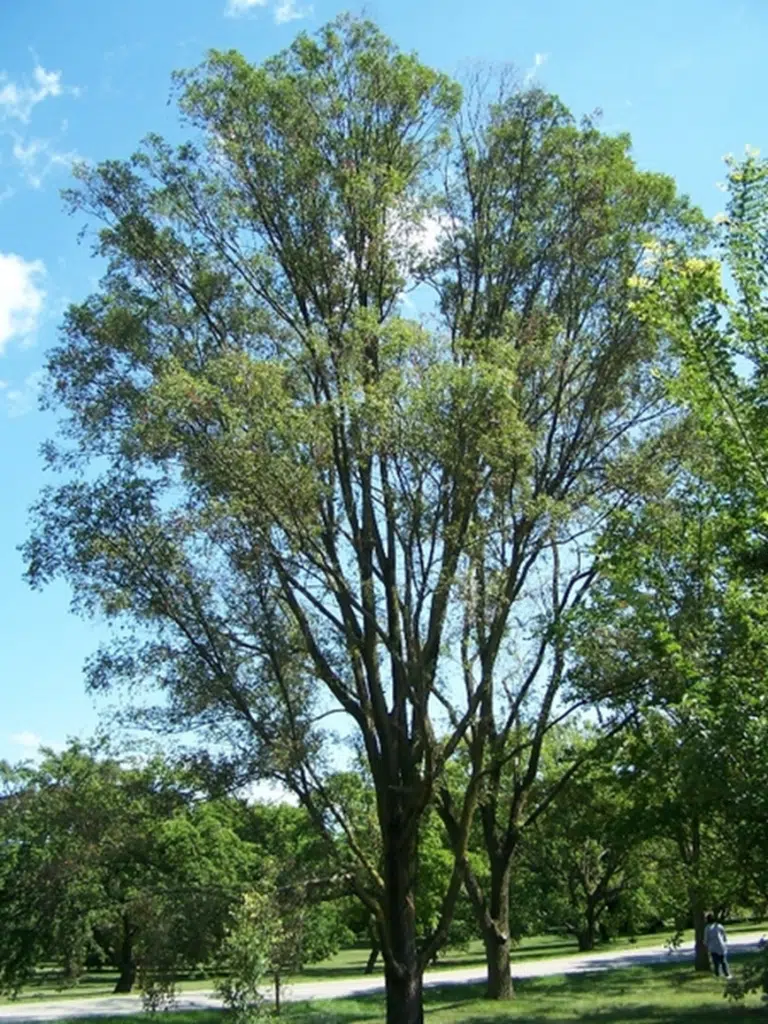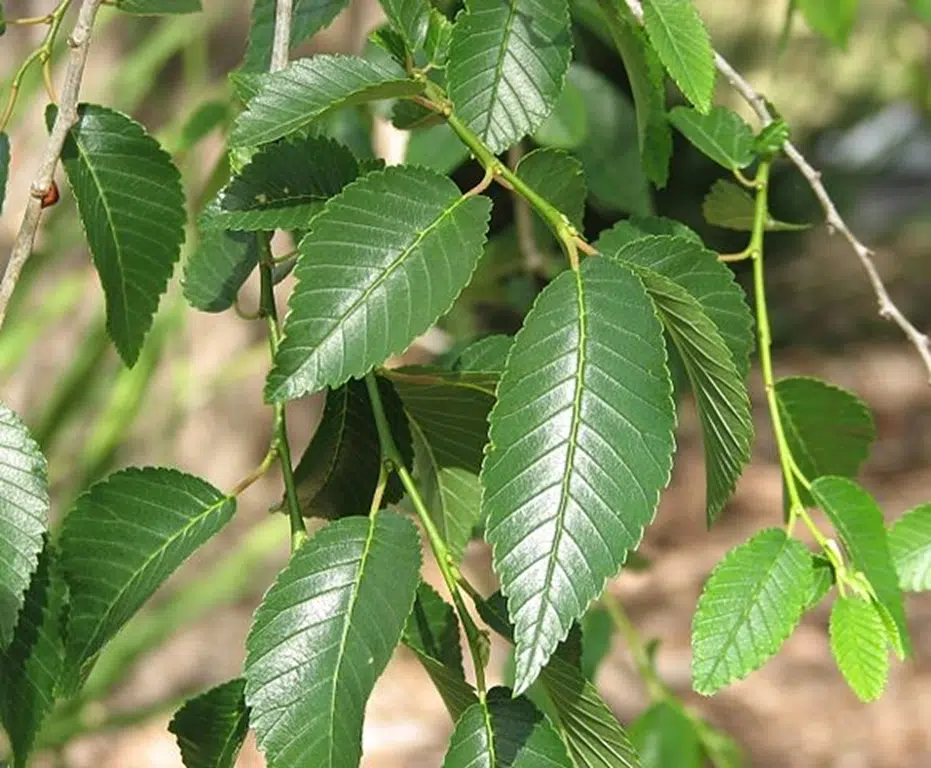
The Siberian elm (Ulmus pumila), originally from northern Asia, was introduced to North America in the mid-1800s for its hardiness and rapid growth. While it was initially valued for these traits, it has since become a significant invasive species in Ohio and other parts of the United States.
Characteristics of Siberian Elm
Siberian elm is a deciduous tree that can grow up to 70 feet tall. It has an open, rounded crown with slender, spreading branches. The bark is light gray with irregular furrows, and the leaves are small, dark-green, and nearly symmetrical at the base.


Ecological Impact
The Siberian elm is highly adaptable, thriving in a variety of soil and moisture conditions. This adaptability, combined with its prolific seed production and wind dispersal, allows it to spread rapidly and form dense thickets. These thickets can outcompete native vegetation, reducing biodiversity and altering habitats for wildlife.
Invasion in Ohio
In Ohio, the Siberian elm invades pastures, roadsides, and prairies. Its ability to withstand drought and cold makes it particularly resilient, allowing it to establish in areas where other trees cannot. This resilience, however, poses a threat to native ecosystems as it displaces native plants and reduces forage for wildlife and livestock. It is one of 63 plants currently listed on the Ohio Department of Agriculture website for invasive plant species prohibited for sale in Ohio. Invasive Plants | Ohio Department of Agriculture
Management and Control
Controlling the spread of Siberian elm involves a combination of mechanical and chemical methods. Mechanical removal, such as weeding seedlings, digging up small trees, and cutting or girdling of established trees can be effective, but it often requires follow-up treatments to prevent resprouting. Herbicides can also be used, particularly on larger infestations.
Cleveland Botanical Garden Doing Its Part
The Siberian elm’s invasive nature and ability to dominate landscapes make it a significant concern in Ohio. This is why we are removing two large specimens in the bed at the corner of East Boulevard and Wade Oval Drive. These trees are slowly overtaking the planting bed making it difficult for other species to thrive. The seeds are a constant source of weeds, often establishing themselves in the middle of another plant. Root suckers often sprout up through mature hedges and are difficult to eliminate without damaging the affected plant.
Alternatives to Siberian Elm
If you like the characteristics of Siberian Elm, there are many non-invasive species to choose from. Consider these trees as great substitutes: red maple, sugar maple, hickory, yellowwood, honey locust, Kentucky coffee tree, tulip tree, black gum, hop hornbeam or any Ohio native oaks.

Rob Dzurec
Senior Horticulturist













